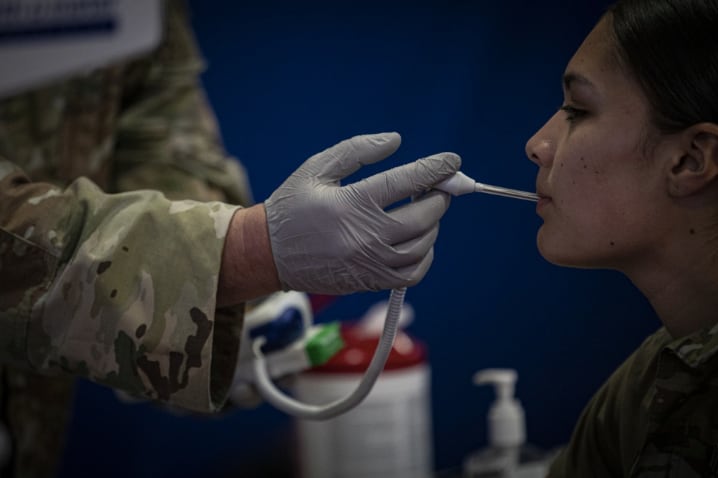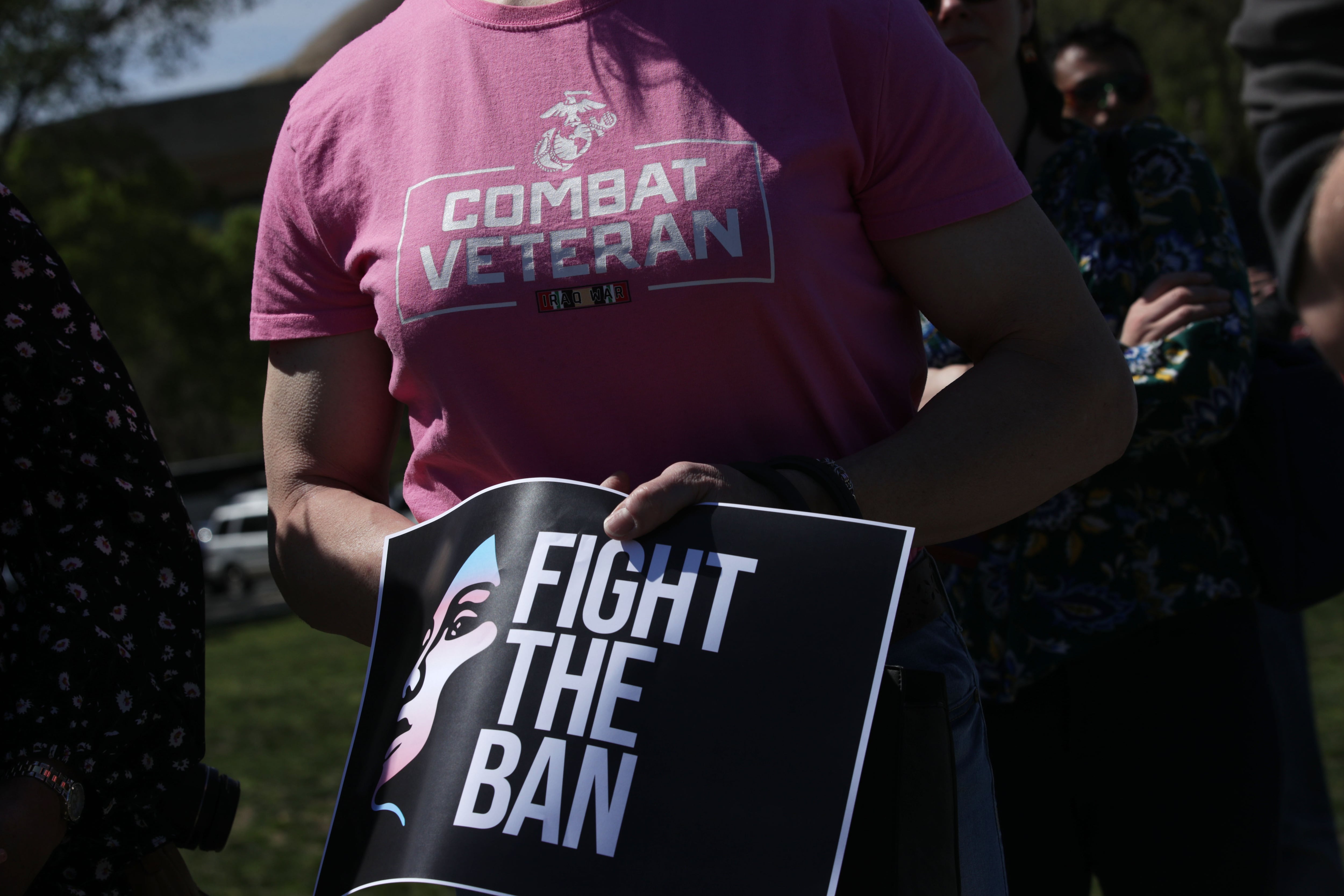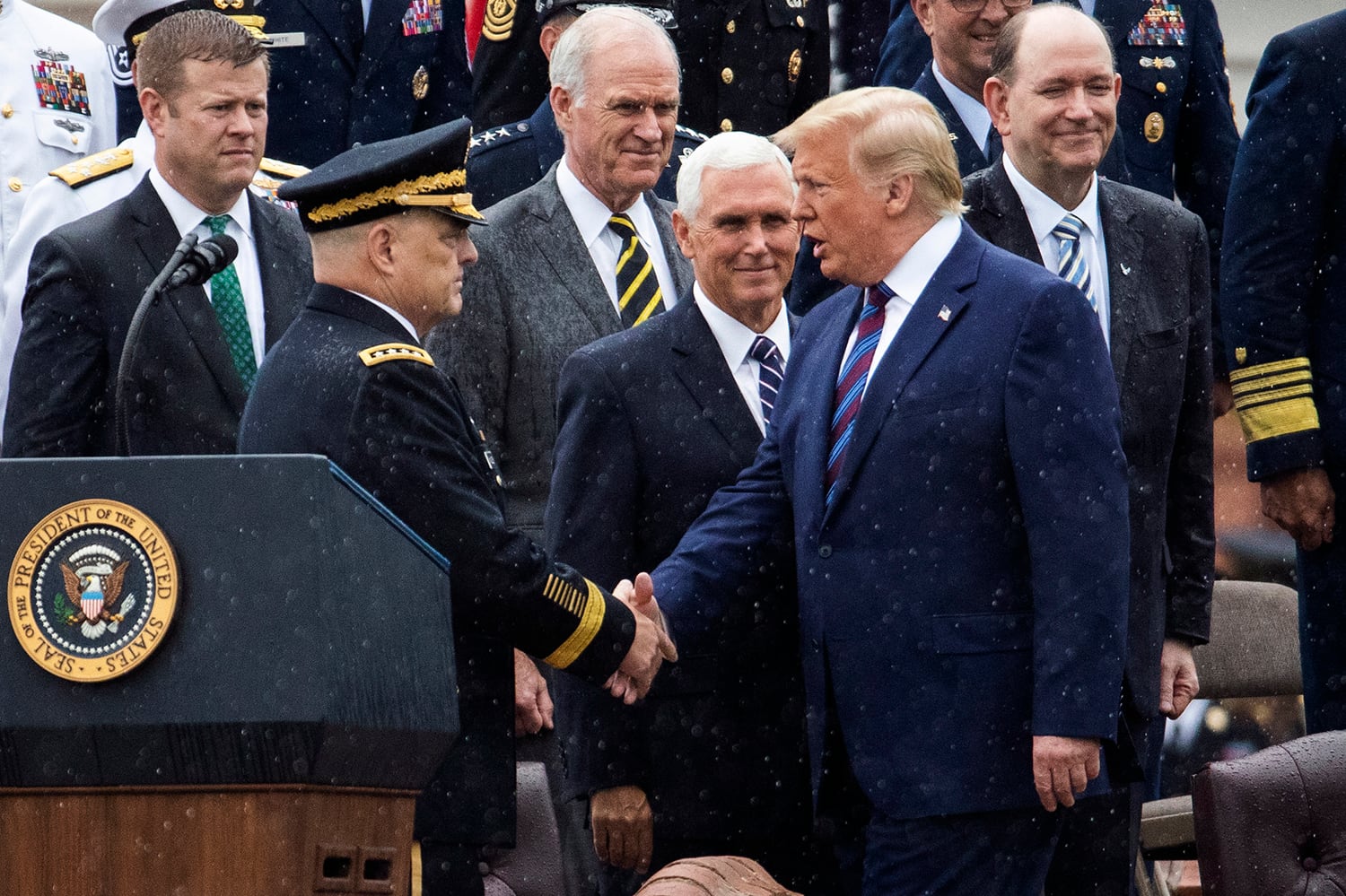There are 227 cases of coronavirus among active duty service members, according to Defense Department data as of Wednesday morning, up from 133 on Monday. The number of recoveries has also risen, the data shows, with 19 troops returned to duty total, 15, since Monday.
That figure puts service member cases at about 175 per million troops. The rate is higher than the U.S. at large which according to the CDC is sitting at 135 per million as of Wednesday. And while no troops have died from COVID-19, the overall U.S. death rate is sitting slightly above 1 percent.
“You take prudent measures as best you can given the situation you’re in,” Defense Secretary Mark Esper told troops Tuesday in a virtual town hall live streamed from the Pentagon, when asked about social distancing to prevent the virus’ spread. “If you can avoid putting a large number of people in small rooms, you should do it.”
The higher infection rate among troops could possibly be explained by geography ― a soldier stationed in Korea was the first active duty service member diagnosed, followed soon by a sailor who had recently visited Italy.
With troops stationed in hot spots around Asia and Europe, many have had more more risk of exposure, in addition to any travel U.S.-based troops could have done to those areas in the weeks before the epidemic hit the U.S.
Similarly, the low death rate could be attributed to the relative young and healthy demographics of service members, as officials have repeatedly stressed that troops are generally at low risk for serious complications from the virus.
To date, DoD-affiliated COVID-19 cases total 435, including 81 civilians, 67 dependents and 40 contractors, 22 of whom are hospitalized. The numbers include one death, of a Crystal City, Virginia-based contractor on Saturday.
Esper put a stop to travel between the U.S. and coronavirus hot spots earlier this month, followed a week later by a ban on most travel within the U.S., including all permanent change-of-station moves.
At the same time, testing has ramped up, jumping from a few hundred two weeks ago to a few thousand as of this week, with 16 military labs able to analyze thousands of kits a day.
As some troops have begun teleworking and all have been urged to stay home if they are feeling sick, several hundred are set to deploy to three combat support hospitals in New York and Washington state, where they will focus on non-coronavirus care.
Meghann Myers is the Pentagon bureau chief at Military Times. She covers operations, policy, personnel, leadership and other issues affecting service members.





